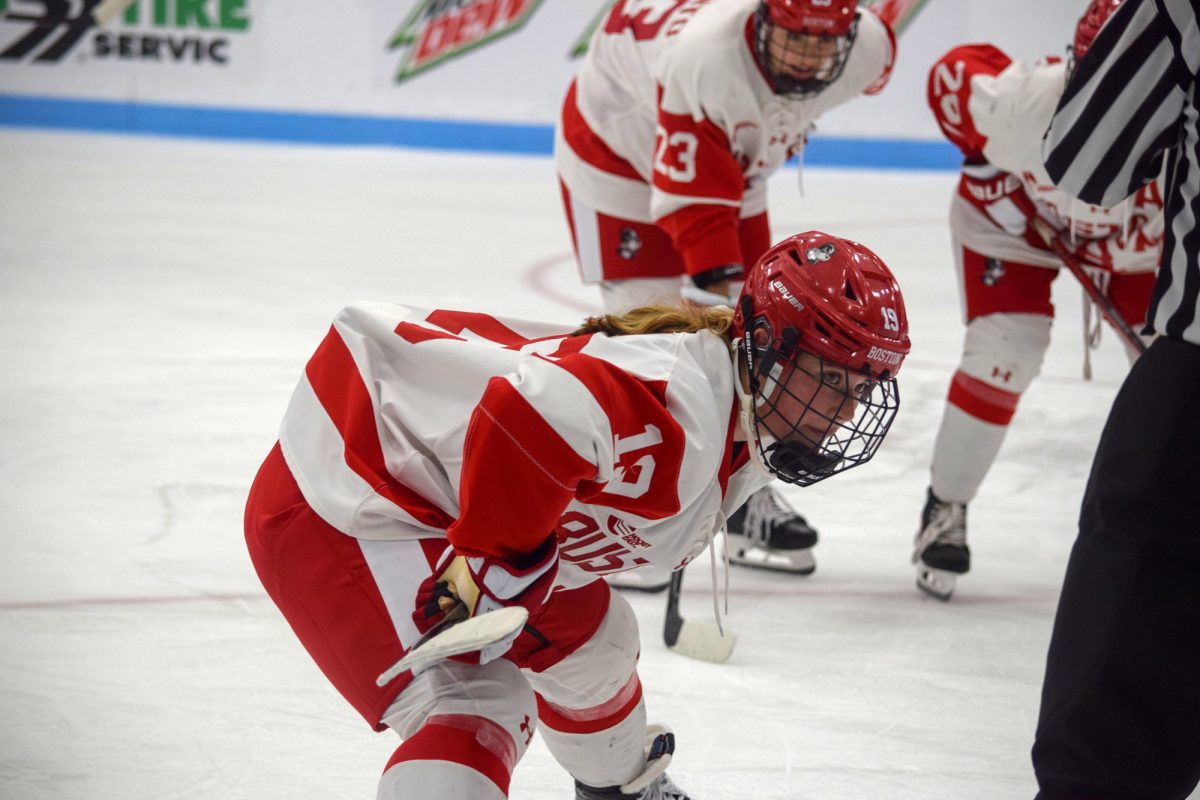This time last year the National Lacrosse League was falling on hard times. Two of its teams were relocating to smaller markets, and what made it worse is that one of them was a defending champion. Yet heading into the league’s draft in late September, the NLL finds itself in its best position in nearly a decade.
The Saskatchewan Rush recently repeated as NLL champions, becoming the only team to win championships in back-to-back years in different locations. The success of the Rush off the field was as welcomed as it was on the field, as the SaskTel Centre regularly sold out games and the team’s attendance was higher than most in the league.

Yet another relocated team, the Georgia Swarm, struggled to fill seats with poorly timed games on Saturday afternoons and Sunday evenings, drawing in much less of a crowd than it garnered during its time in Minnesota.
Over the past five seasons, other teams have downgraded to smaller arenas. The New England Black Wolves play at Mohegan Sun Arena in Connecticut to mixed results, and the Vancouver Stealth play in Langley, British Columbia in an arena that is often nearly empty. However, the Rochester Knighthawks have mastered the art of being a small market team.
So what is the identity of the NLL, exactly?
Commissioner Nick Sakiewicz is nine months into his tenure and has already created a digital platform and video network for the league. Saskatchewan attained success under his watch, and he claims to have 25 markets showing interest in the league.
It is almost a given that the NLL will return to Edmonton and Philadelphia, but it would be difficult to find a market not tainted by the previous versions of the National Lacrosse League. The biggest markets in North America, such as New York, Chicago, Boston, Southern California and Baltimore, have been tested before.
What changes now?
While lacrosse is considered a niche sport, its fanbase for those fans loyal to it match that of any of the four major leagues. The product of professional lacrosse itself is perhaps at the highest level of any pro sport, and that is the result of none of the talent being watered down.
With just 18 teams between the NLL and the outdoor professional league, Major League Lacrosse, and several of those players choosing to play in both domains, there would be room for dozens of other franchise opportunities before the quality of play drop offs.
Yet the overlap with MLL remains a major sticking point. With players being forced to choose which league to play in when April rolls around, it means fans might miss seeing some of the top talent in the sport.
The overlap has seen the NLL lose Paul Rabil, perhaps as close as one comes to being a lacrosse household name. Rabil has seen his rights bounced around to Edmonton, Philadelphia, Rochester and now Toronto. Additionally, he has strenghthened his brand with the outdoor MLL, winning titles in Boston and New York.
It looks like Toronto may persuade Rabil back into the indoor game after they traded for his rights this offseason, but that is a gigantic “if.”
Both leagues have refused to give in to the other, with the NLL expanding to 18 games before 2014 and being reluctant to start its season before January. The MLL hasn’t been willing to push the end of its season to September, citing concerns competing with college football viewership.
Despite these issues, lacrosse saw arguably its biggest year of growth in 2016. The MLL had an epic finish with a seven-way tie for first place, while the NLL had parity in both of its conferences. Georgia emerged as a southern hotbed while Saskatoon proved small markets can be developed into rabid fanbases. Where does lacrosse go in 2017?
For one, there is no expansion in either league, making it the first season since 2013 with no team movement in at least one of them. But if you believe what they are both saying, 2018 should bring plenty of lacrosse to new markets; and with the way this past year went, why wouldn’t you believe them?


























































































































Marisa Ingemi • Sep 7, 2016 at 2:20 pm
Doug- I know, it’s just what commissioner Gross always says.
Dave- No idea. The Wild sold the Swarm to the Arlottas, who later moved the team to Georgia. Maybe the new soccer team in MN might have some interest? Commissioner Sakiewicz has MLS connections.
Dave M • Sep 6, 2016 at 10:02 pm
who is the potential owner for Minnesota?
doug marcus • Sep 6, 2016 at 10:33 am
early season college football viewership? tell that to us nll fans competing with ncaa football title, superbowl, nhl, nba and final/frozen four’s. weak.